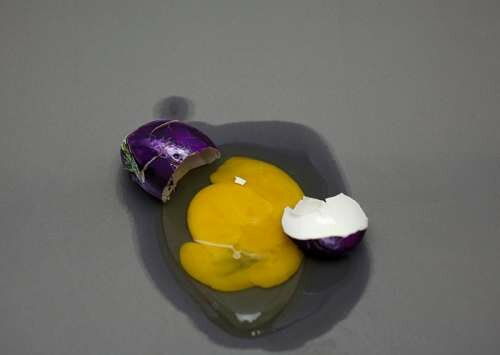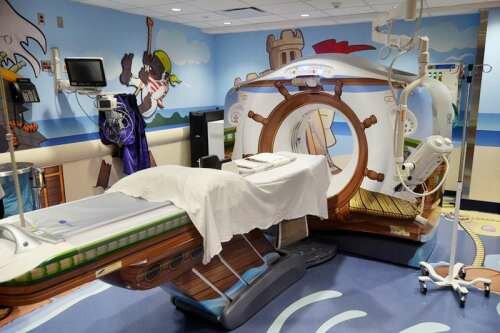|
|
||


The prototype that we saw at Eyebeam was composed of several vertical columns with re-purposed water bottles that each held a potted plant. The set-up also included a tub of water elevated above the vertical garden that allowed water to drip through the columns — a catch basin was also placed at the bottom to catch the water that was not absorbed by the plants. Britta and Rebecca also told us that at home, they use a pump to cycle the water back through the system.

Although the primary intention of the project is to prove that individuals can develop their own systems for growing food in their NYC (or other tiny) apartment, Britta and Rebecca see this project as part of their greater interest in something they call R&DIY, which stands for Research and Do-It-Yourself. Britta and Rebecca worked with a group at Eyebeam to develop experimental window farms. By engaging a community with their urban agriculture experiment, the duo is out to show that this group method can become part of a greater trend towards the use of social networks to institute change on a local scale.
Via: inhabitat.com




























